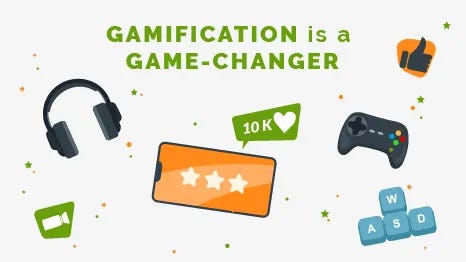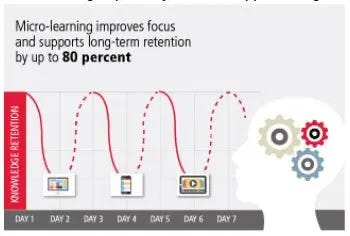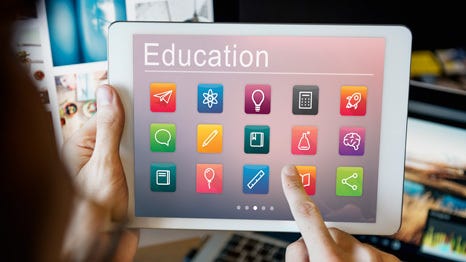
Learning and development are changing dramatically within the education sector, and here are some trends that are leading the way to new, effective learning spaces and tools. Explore the latest trends in immersive AI-powered intelligence and elearning experiences.
Mobile learning is the next big thing
With the Edtech mobile app market accelerating at a 26% rate of growth year on year, there is no doubt that mobile learning is the next big thing. Both students and teachers can benefit from online learning, although it presents new challenges as well. Online teachers must find an approach that suits their unique teaching style, expertise, student personalities, and resources.
Some of the beneficial aspects of mobile learning are:
- You can learn anything, from anywhere, at any time.
- Mobile apps can be quickly deployed and easily updated.
- Immersive videos that provide educational content.
Gamification is a Game-Changer
Gamification involves turning classroom activities, activities in general, into games. Creating a game involves creativity, collaboration, and play. Gamification has been used successfully in classrooms for years to promote learning and to deepen students' understanding of subjects.
Your audience will enjoy learning and watching information that's presented in an entertaining manner. Regardless of the subject matter, it makes learning more enjoyable. Some examples of gamification in the classroom are as follows:
- An activity or challenge with more than one possible solution.
- Grading backward by adding points.
- Instead of grades, a teacher awards badges.
- Keeping track of student progress is fun and easy when they set their own goals.
- When students assume specific perspectives - for example, as a judge, a designer, or a father. It is one of the most popular aspects of fantasy roleplay.

Micro-Learning is a better way to learn
With microlearning, teachers and educators offer bite-sized, digestible nuggets of information allowing learners to achieve their goals at their own pace. Research shows that intensive study for a short period of time leads to greater retention. Internet access promotes cursory reading, hurried thinking. It is useful to read or listen for even short periods of time, which is known as passive learning.
During microlearning, students are involved in "active engagement." In order to boost engagement, students should be encouraged to participate actively and empowered to be responsible for their learning by instilling a sense of ownership and accountability. Microlearning improves focus and supports long-term retention by up to 80%.

Source - www.shiftelearning.com
The Future is Artificial Intelligence
Several artificial intelligence tools are currently available for use in education, including ones that assist with skills development and system testing. While machines cannot provide insight and flexibility compared to humans, which is intrinsically unique to humans. Artificial Intelligence can enable efficiency, personalization, and smooth backend solutions for administration and faculty.
As AI continues to advance and adapt to new situations and demographics, academic institutions and educators are filling the gaps in learning with AI-powered educational solutions. Some ways AI is used in education are:
- Smart content, a smart approach to dynamic content
- Diversified and individualized learning
- Providing universal access to all students
- Collaboration between educators and artificial intelligence
- Support and tutoring outside the classroom

Tutoring on a personal level
Tutoring and studying programs are an extremely competitive market. According to Fortune Business insight, it is estimated that the global market size will be USD 171.93 B by 2028, a rise of USD 92.59 B from 2020.
- Online tutoring - Online tutoring service is an education method in which students and tutors work collaboratively online. When done correctly, it yields highly effective results for students. Educating students in small classes with small ratios of students to teachers has been said to improve their scores significantly.
- Homeschooling - Children who find it challenging to adjust to larger, more intimidating environments are sometimes very well suited to homeschooling. Homeschooled children can benefit greatly from one-on-one attention. The greatest benefit of homeschooling is that you can take all the time you need to ensure hands-on learning is happening. The key is not to spend time with redundant or repetitive lessons.
- Microschools - Microschools were created by rethinking the traditional educational model in order to prepare students for the future. They are private institutions where students are empowered to personalize their own educations and are responsible for their own progress, at their pace.
Some online tutoring methods are gaining momentum.
- App
- Desktop sharing
- Video Chat
- Virtual whiteboard
Real-world immersive tools are shaping the future of learning. Get ideas of innovative and unique products that help to create safe, connected spaces so you can establish meaningful connections. Get Your Free Recommendation Checklist. Download Here!

 Imprint Plus Canada
Imprint Plus Canada
